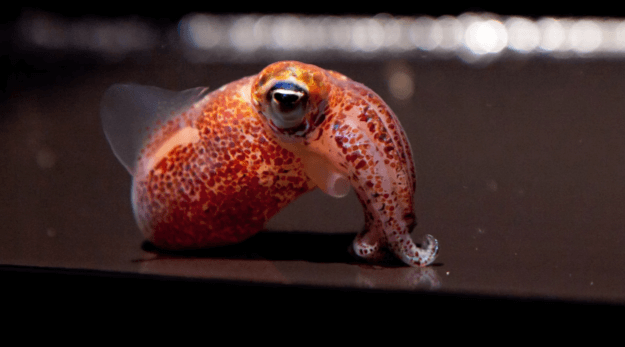Cute:Bblsggq9zji= Squid

The fascinating world of Cute:Bblsggq9zji= Squid encompasses a remarkable array of characteristics that highlight their adaptability and intelligence in diverse marine environments. From their vibrant colors to their unique physical features, these creatures not only captivate the imagination but also play crucial roles in their ecosystems. However, the challenges they face due to human activity and environmental changes raise important questions about their future. Exploring their habitats and behaviors may reveal insights into the broader implications for marine biodiversity and conservation strategies. What measures can be taken to ensure their continued existence amidst these pressing threats?
Habitat and Distribution
The cute squid, belonging to the order Teuthida, inhabits a variety of marine environments, showcasing a broad distribution across both temperate and tropical waters.
Its dietary habits predominantly include small fish and crustaceans, which it captures using specialized tentacles.
Reproductive strategies vary, with some species exhibiting complex mating rituals and others laying numerous eggs, ensuring population sustainability in diverse aquatic ecosystems.
Unique Physical Features
With a streamlined body and distinct morphological adaptations, the cute squid exhibits several unique physical features that enhance its survival in marine environments.
Notably, its color variations allow for effective camouflage against predators, while specialized body adaptations, such as jet propulsion and flexible limbs, facilitate swift movement and agility.
These traits ensure optimal adaptability to diverse aquatic habitats, promoting both evasion and hunting efficiency.
Behavior and Playfulness
Behaviorally, the cute squid exhibits a range of fascinating and complex interactions that underline its adaptability within marine ecosystems.
These creatures engage in intricate social interactions, utilizing a variety of colors and patterns to communicate and establish dominance.
Their hunting techniques incorporate stealth and agility, allowing them to effectively capture prey while showcasing their playful nature during interactions with conspecifics and environmental stimuli.
Read Also What is a Urine Culture Test, and When is it Needed?
Conservation and Future Challenges
Significant challenges confront the conservation of cute squid species, primarily driven by human activities and environmental changes.
Population threats, such as overfishing and habitat destruction, exacerbate the vulnerability of these creatures.
Additionally, climate impact, including ocean acidification and rising temperatures, further disrupts their ecosystems.
Urgent conservation efforts are essential to mitigate these threats and ensure the survival of these charming marine organisms for future generations.
Conclusion
In conclusion, Cute:Bblsggq9zji= Squid represent a vibrant yet vulnerable component of marine ecosystems, akin to delicate jewels within the ocean’s depths. Their unique adaptations and behaviors highlight the intricate relationships within aquatic environments. However, the escalating threats posed by human activities and climate change necessitate immediate and robust conservation efforts. Protecting these remarkable creatures is essential not only for their survival but also for maintaining the ecological balance essential to the health of global marine habitats.



